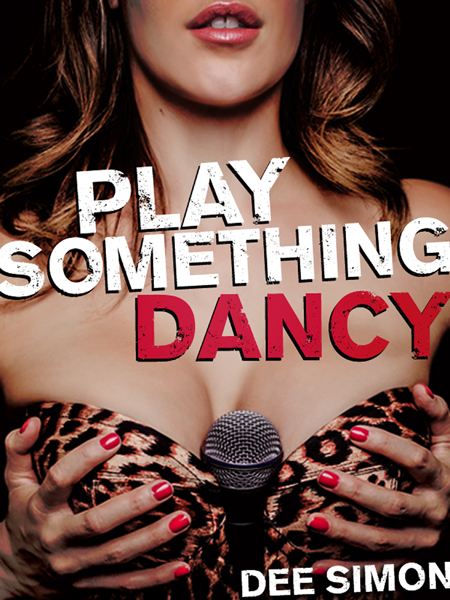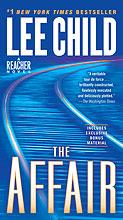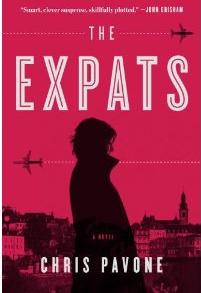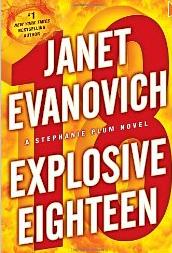The issue of labeling for genetically engineered foods gained fresh momentum last week, when Sen. Barbara Boxer announced she’d be pushing for the U.S. Food and Drug Administration to require this consumer notification on a national level.
It’s sure to be an uphill battle for the organic food movement, which suffered a loss on this issue at the California ballot last year, but a new book calling for a mass restructuring of the nation’s food system might help provide ammunition for proponents of GE food labeling.
Wenonah Hauter’s Foodoply: The Battle over the Future of Food and Farming in America traces decades of little-known history documenting small farmers’ resistance to agricultural consolidation, followed by national and international policy agreements that gave rise to the commercialized agribusiness model that dominates America’s food system today. Hauter, executive director of Food and Water Watch, grew up on a farm.
“It gave me life experience about how difficult farm work is, and how hard farmers have to work, and how under-valued they are in our society,” the author said of that experience in a recent interview with the Bay Guardian. “One of the reasons I wrote Foodopoly was to get at this issue … It’s easy to demonize farmers rather than the systemic causes of the traditional food system.”
Her book is nothing short of a call to arms to take back corporate control of a food system that short-changes small farmers and leaves consumers with limited, unhealthy options.
“If we want to change our food system, we have to reclaim our democracy,” she says. “So many people just think we’re going to create an alternative system, without really doing the political work to address fundamental issues, like the consolidation that allows some companies to have so much power over our political system.” It won’t be achieved with certified sustainable agriculture programs or farmers markets alone, she says – but rather through confronting agribusiness’ influence in the halls of government.
Her meticulously researched work names names, providing detailed lists of the industry’s most influential processers, grocers, and junk-food manufacturers along with the ubiquitous brands they produce. It also sheds light on the ills of factory farming and genetically engineered foods.
“The top 20 processing companies and the grocery industry have benefited from figuring out that fat, sugar and salt actually addicts people to junk food, and is making people sick and overweight,” Hauter told us. “Children see just under 5,000 junk food ads a year. We know that children begin to identify with brands at about the age of two. Lots of junk food is placed at eye level for young children, because they pull on their parents’ shirttails, whining for the junk food.”
While organics may pose a healthier alternative, meanwhile, Hauter’s chapter on the “paradox” of attractively packaged, premium-priced organic food is rather disheartening. “Fourteen of the 20 largest food processing companies actually control many of the organic brands, and organics today are viewed as a rich market, where people can be charged,” Hauter notes, going straight to the heart of the matter. “It’s a lot different from the vision I think many people had in the early 1970s, when the organics movement began.”
Foodopoly also devotes considerable attention to the political influence of the biotech sector. “I think that the biotech industry has a lot of political power,” she told the Guardian, and then revealed that assertion to be a profound understatement: “Over a 10-year period, they spent $572 million on lobbying and campaign contributions, they hired 13 former members of Congress during this period, they hired 300 former staff from the White House … and they have about 100 lobby shops in Washington. … With Prop 37, [of the] the approximately $45 million put towards ads, about $8 million was Monsanto’s.”
This kind of influence doesn’t just carry troubling implications for the democratic process, but makes it less likely that looming questions around the long-term health effects of genetically engineered foods will ever be sufficiently answered.
“With all the new technology coming on – nanotechnology, cloning, genetic engineering – we really need to take a look again at our regulatory system,” Hauter insists. “There’s a lot of new evidence coming out on the problems with these new technologies. There was a review of hundreds of scientific studies around glyphosate, which is a major ingredient in Monsanto’s Roundup herbicide. It shows that there are cellular effects within the human body, and that these could very well be working together with other variables to trigger health problems. We’re talking about everything from gastrointestinal problems, to diabetes, autism, obesity, Alzheimer’s, and a number of different problems.”
Despite these disturbing findings, there’s been a distinct lack of long-term study or precautionary restraints imposed by lawmakers, Hauter says.
“There are a lot of other reasons that we should be concerned about genetic engineering, from the cost and control of foods, to the overuse of this dangerous herbicide, glyphosate, and the fact that it’s creating super weeds,” she says. Further complicating matters, “New pesticides are being developed to address the problems that these co-branded herbicides have caused. That’s the problem with our society,” Hauter adds. “We never look at the unintended consequences.”





